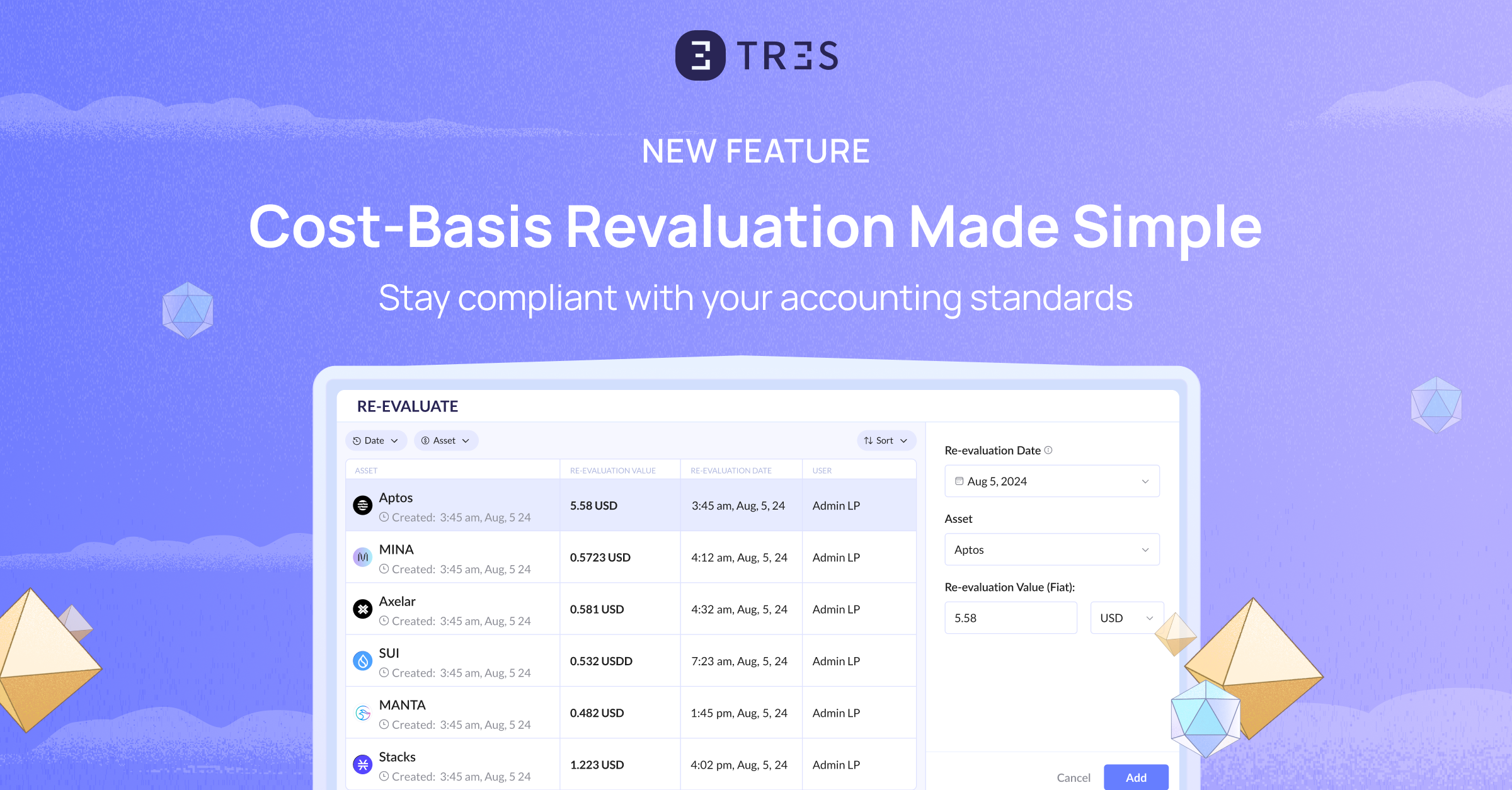Litecoin, created by Charlie Lee in 2011, is a decentralized cryptocurrency that has gained significant recognition in the digital currency market. Often referred to as the “silver” to Bitcoin’s “gold,” Litecoin shares many similarities with its predecessor while offering several notable features of its own.
One of Litecoin’s primary advantages is its faster block generation time. While Bitcoin takes around 10 minutes to generate a new block, Litecoin accomplishes this in approximately 2.5 minutes. This quicker block confirmation time allows for faster transaction processing, making Litecoin more suitable for everyday transactions and increasing its scalability.
Another key differentiating factor is Litecoin’s hashing algorithm. While Bitcoin utilizes the SHA-256 algorithm, Litecoin uses Scrypt. Scrypt is a memory-hard algorithm that requires a considerable amount of memory to perform mining operations. This feature was intentionally implemented to level the playing field, discouraging the dominance of specialized mining hardware and promoting a more decentralized mining ecosystem.
Litecoin also boasts lower transaction fees compared to Bitcoin. With the increasing demand for cryptocurrencies, Bitcoin’s transaction fees have sometimes become prohibitively high. In contrast, Litecoin offers more affordable fees, making it an attractive option for users seeking cost-effective transactions.
Furthermore, Litecoin has a committed and active development community, constantly working to improve the protocol’s features, security, and scalability. This ongoing development has resulted in the implementation of various enhancements, such as the Lightning Network, which further improves transaction speeds and scalability while reducing fees.
Supported features
Supported
Supported
Supported
Supported
Supported
Supported


